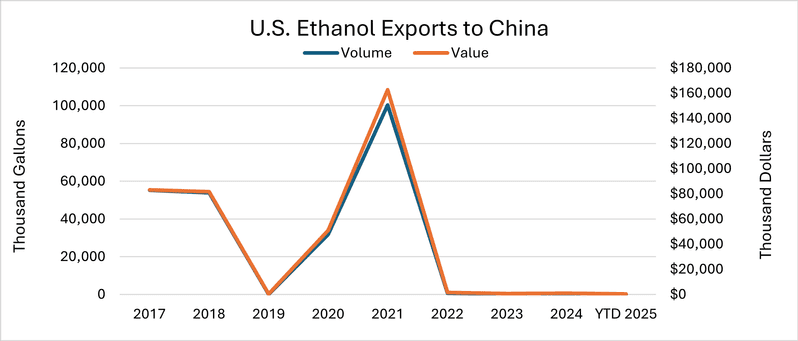Earlier this month, U.S. Grains & BioProducts Council (USGBC) members and staff participated in two conferences to build understanding and support for biofuel use in Japan.
 American Coalition for Ethanol (ACE) Chief Marketing Officer Ron Lamberty spoke at the Council’s Nikkei Symposium & Ethanol Conference hosted in Tokyo about the U.S. ethanol industry’s efforts to reduce carbon. Lamberty discussed ethanol’s compatability with a wide range of vehicles as Japan plans to implement E10 in their fuel blending by 2030 & E20 by 2040.
American Coalition for Ethanol (ACE) Chief Marketing Officer Ron Lamberty spoke at the Council’s Nikkei Symposium & Ethanol Conference hosted in Tokyo about the U.S. ethanol industry’s efforts to reduce carbon. Lamberty discussed ethanol’s compatability with a wide range of vehicles as Japan plans to implement E10 in their fuel blending by 2030 & E20 by 2040.
USGBC members Collin Watters of the Illinois Corn Marketing Board, Traci Menke of Renewable Fuels Nebraska (RFN) and University of Illinois at Chicago Professor Dr. Steffen Mueller also joined Council staff for the program.
Nearly 50 industry stakeholders and media members attended the technical conference, where Dr. Mueller showcased the carbon-reduction abilities of biofuels. Watters and attending U.S. farmers then discussed the sustainable production practices that maintain the quality of U.S. corn and its co-products, like ethanol, throughout the value chain.
The conference is expected to raise the understanding of how decarbonization can be measured and the status and future expectations of the CI values including the recent revision of the CI values by CORSIA/ICAO.
The next day, the group attended a biofuel informational meeting held by Nikkei Shimbun, a nationwide business journal. The symposium attracted nearly 100 people and provided explanations on the unique selling points of ethanol. Attendees also visited a gas station selling E7 fuel to further their understanding and trust in ethanol.












